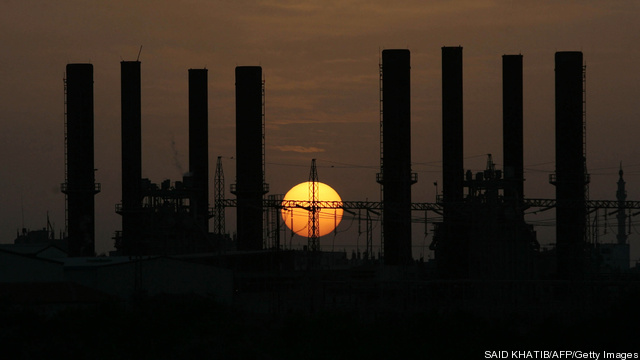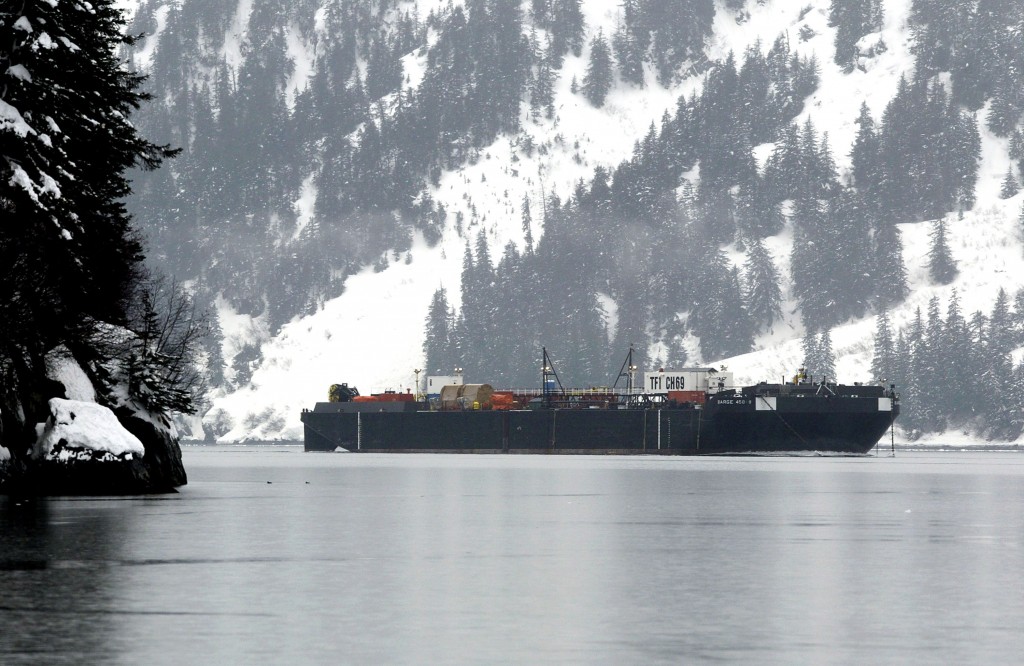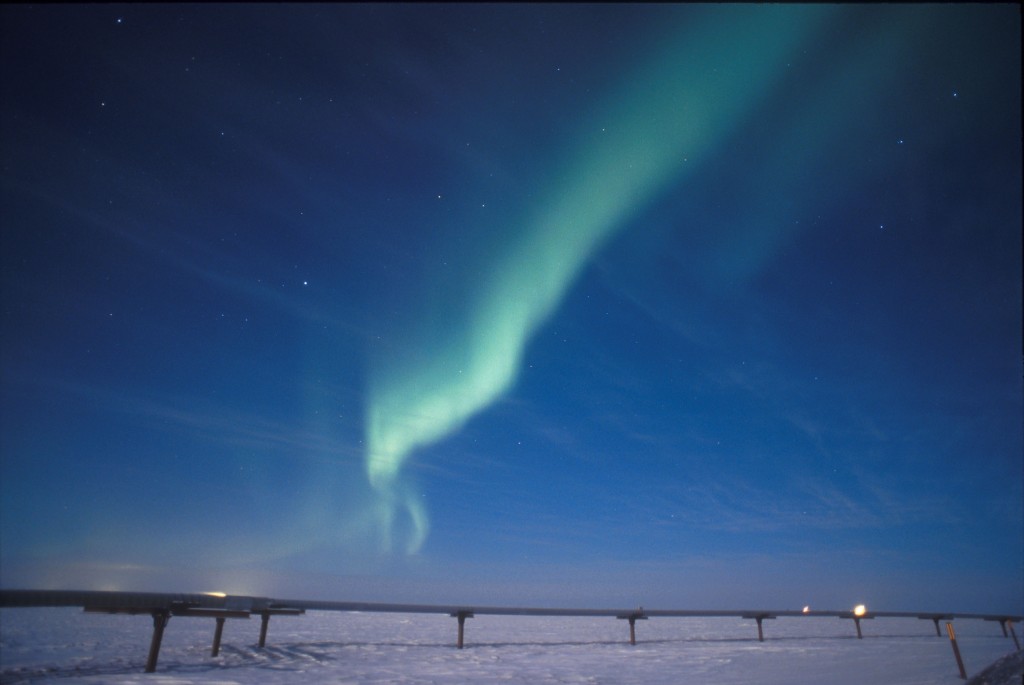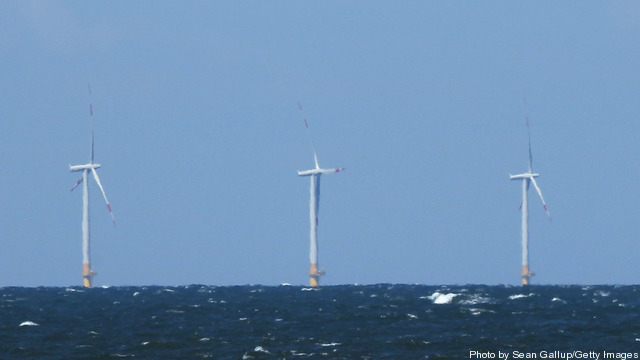The Alaska LNG project team has selected Nikiski as the lead site for the proposed liquefaction plant and terminal. On October 7, 2013, ExxonMobil, BP, ConocoPhillips, and TransCanada, announced the selection of Nikiski on the Kenai Peninsula as a lead liquefaction plant and terminal site for the Alaska liquefied natural gas (LNG) export project. Prior… Keep reading →
Permitting
Sign up and get Breaking Energy news in your inbox.
We will never sell or share your information without your consent. See our privacy policy.Declining moose populations across North America alarm scientists and lack a definitive cause, but climate change appears to play a role. [New York Times] What do you get for $50 billion? In Kazakhstan it buys a problematic oil field. The giant, long-overdue and over-budget Kashagan field halted output due to a gas leak. This is… Keep reading →
It’s day two of the federal government shutdown, and there’s no real sense yet of how long it might last. In the meantime, investment bank Simmons & Co has helpfully laid out some possible effects on the oil and gas industry, depending on its duration. This could include delays to additional Department of Energy approvals for… Keep reading →
Several of the Lower 48 United States, such as North Dakota, are in the midst of rapid oil sector growth. Meanwhile, oil output in Alaska – traditionally a producing state – is declining. And who owns the land could be a factor in that disparity. US oil production has grown rapidly over the past… Keep reading →

The US federal government has set aside more than a quarter of a billion dollars to fund the demonstration of a small modular (SMR) nuclear reactor in the US, with potential total funding rising to close to half a billion dollars. With smaller-scale nuclear technology widely discussed as the future of the troubled sector, a whos-who of companies are expected to participate in the project and apply for the funds.
Westinghouse Electric Company, based in Pittsburgh but part of Japan’s Toshiba, has submitted a letter of intent saying it will compete for the SMR nuclear deployment acceleration grant. The company is showcasing a 225 MW-equivalent integral pressurized water reactor that leverages technology from its already-licensed AP1000 nuclear power plant design. Keep reading →

Even with well-established forms of energy development like oil and gas, the science on impacts to the environment can be hard to quantify and harder to predict. The challenge for sectors like the wind industry – comparatively new in its current form – are even higher given the lack of operational data, but as in other areas, the wind business is sprinting to get ahead.
A number of wind energy industry leaders joined several years ago with major environmental groups to form the American Wind Wildlife Institute, which plays several roles but represents an early effort by the sector to be certain wind energy development remains attractive while assuaging or minimizing concerns about impacts on wildlife. Keep reading →

Wind farms have been accused of killing hosts of birds that get caught in their turbines, accusations that have failed to slow the proliferation of wind energy installations across the country, but killing an eagle is a different matter.
The US Fish and Wildlife Service is investigating the death of a golden eagle at a wind farm in Kern County, California, and is asking for local resident’s help. Keep reading →

The past year has proved a fundamental pivot in North American energy markets, and set the stage for the coming years to look very different from the past four decades of US energy industry history.
I’ve reviewed the ways the changes that originated in 2012 will affect the political scene in the US here, but in looking through our most popular and most compelling posts on Breaking Energy in the last year I noted how many of them supercede easy categorization. Stories about fracking cut across the buckets in which we seek to put our daily dose of energy news, analysis and discussion, but so have stories about the wind industry, financial shifts and smart grid technology. Keep reading →

Does anyone use the term eco-terrorists any more? Since Greenpeace stopped tying themselves to power plant smokestacks on a regular basis and global economic leaders decided they’d rather deal with the financial crisis than with climate change, the mood among those who advocate for environmental rules has evolved to one of public education and consensus-seeking.
That doesn’t mean that natural gas magnates should rest easy though, or at least that’s what the people traditionally charged with evaluating the manifold security risks for energy companies operating in harsh environments are arguing. Keep reading →





